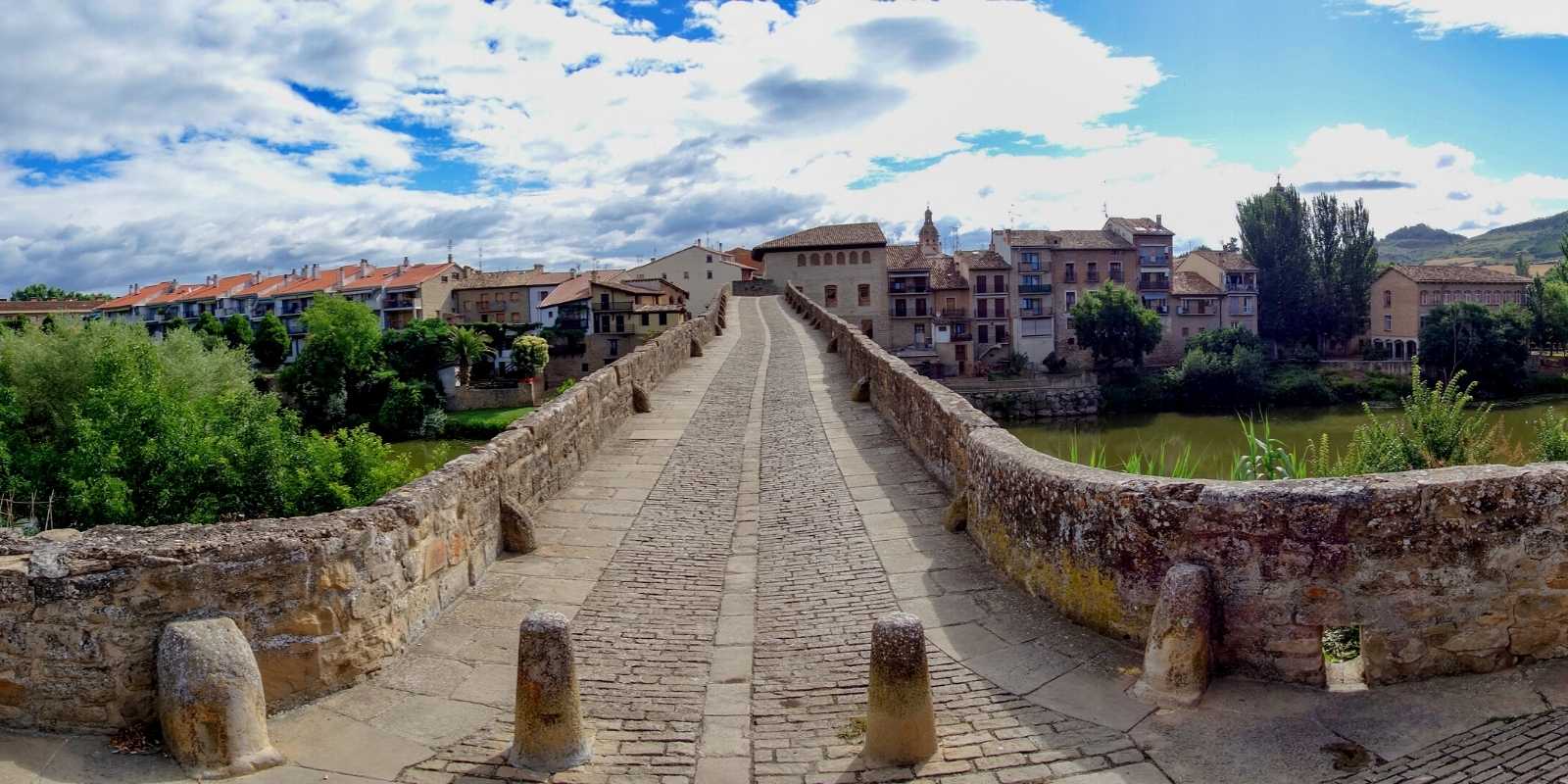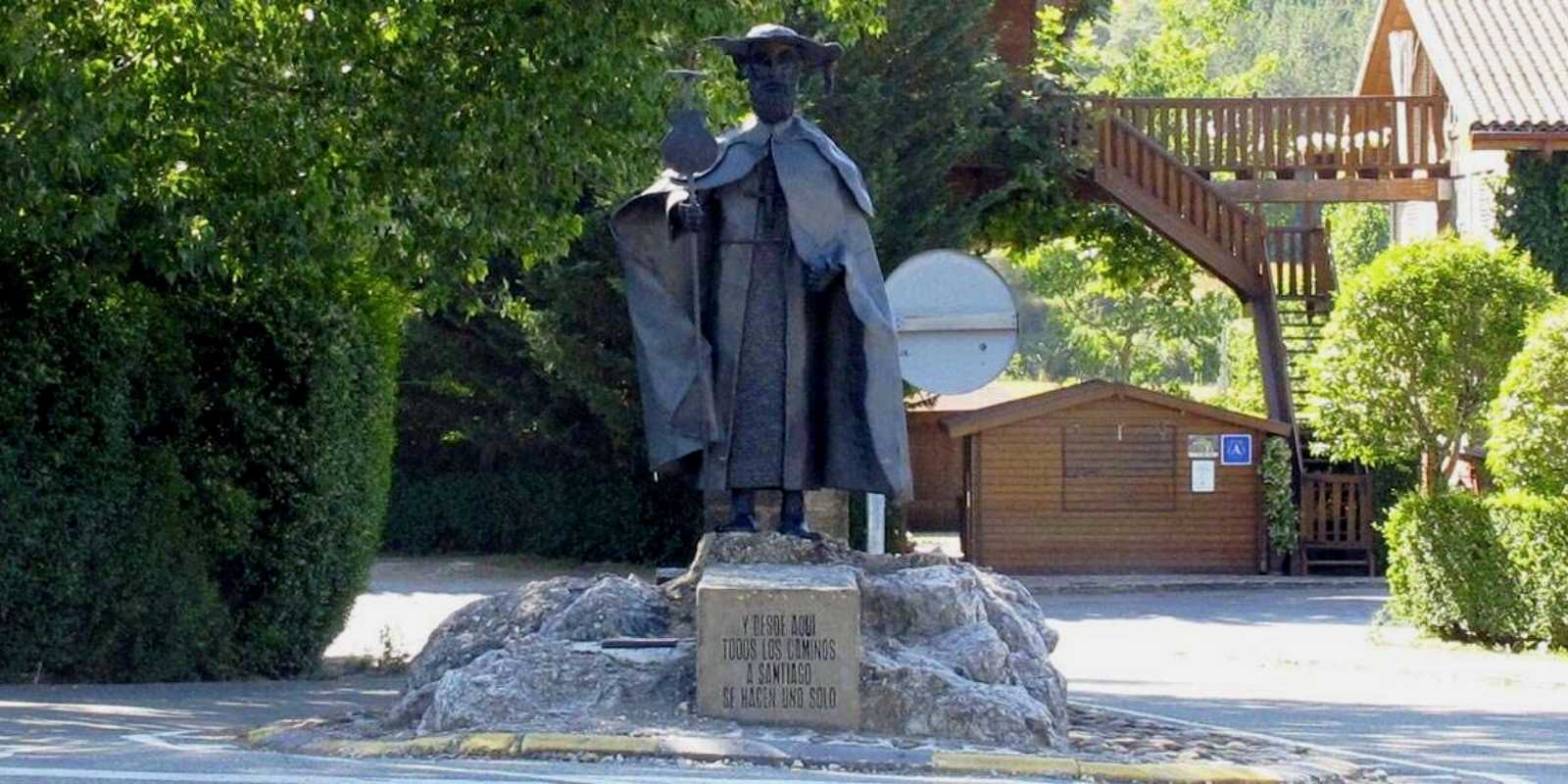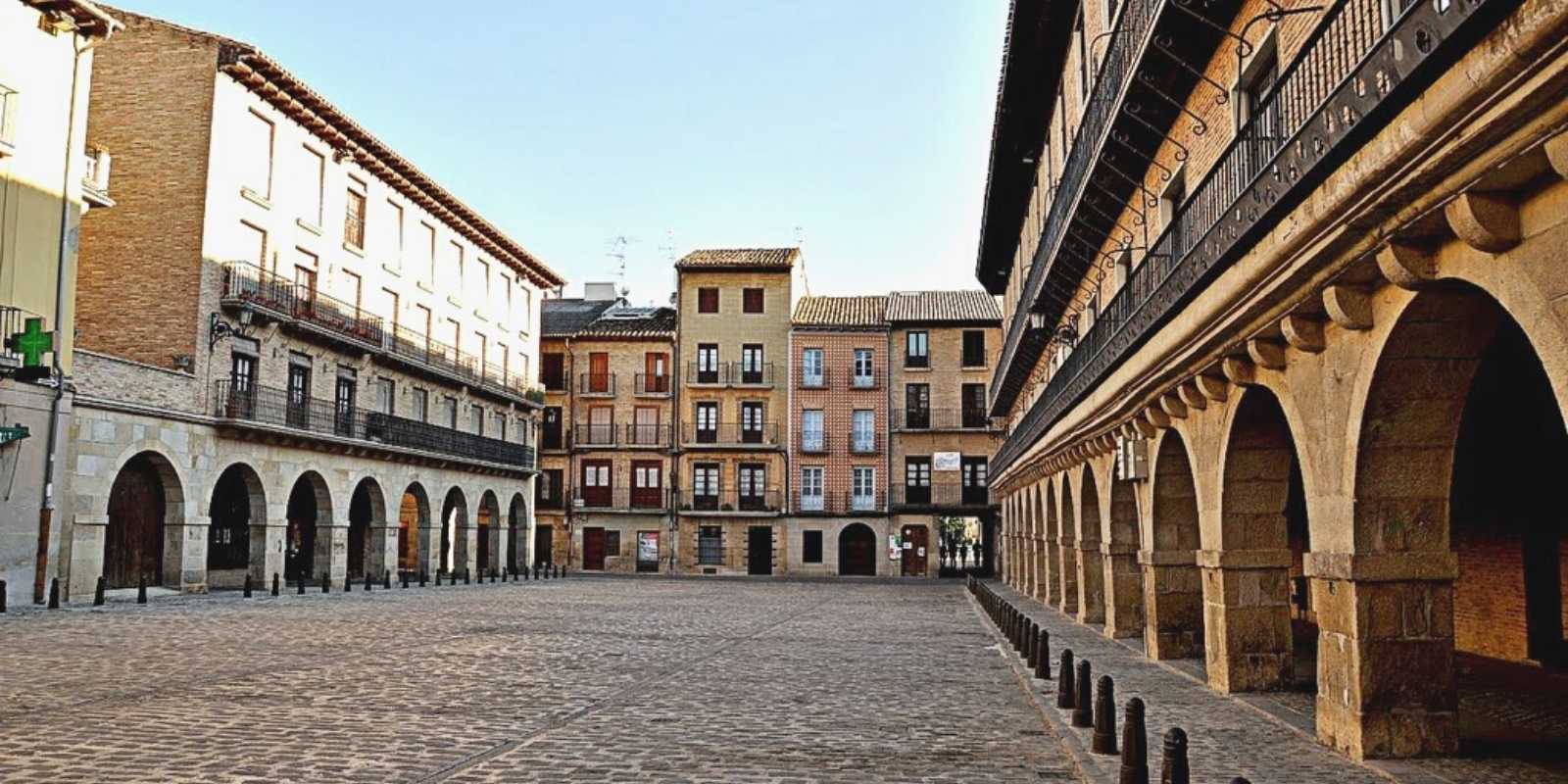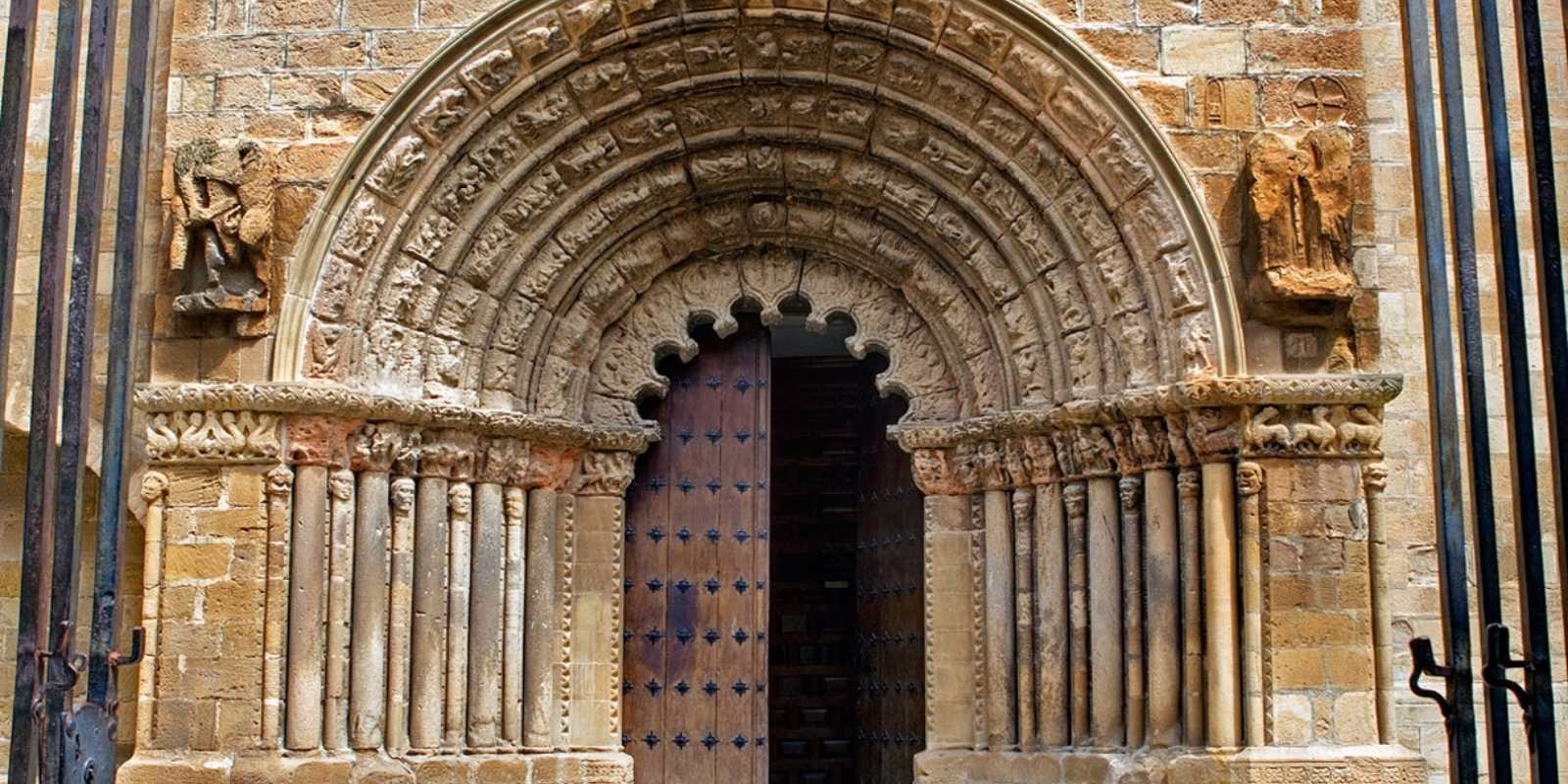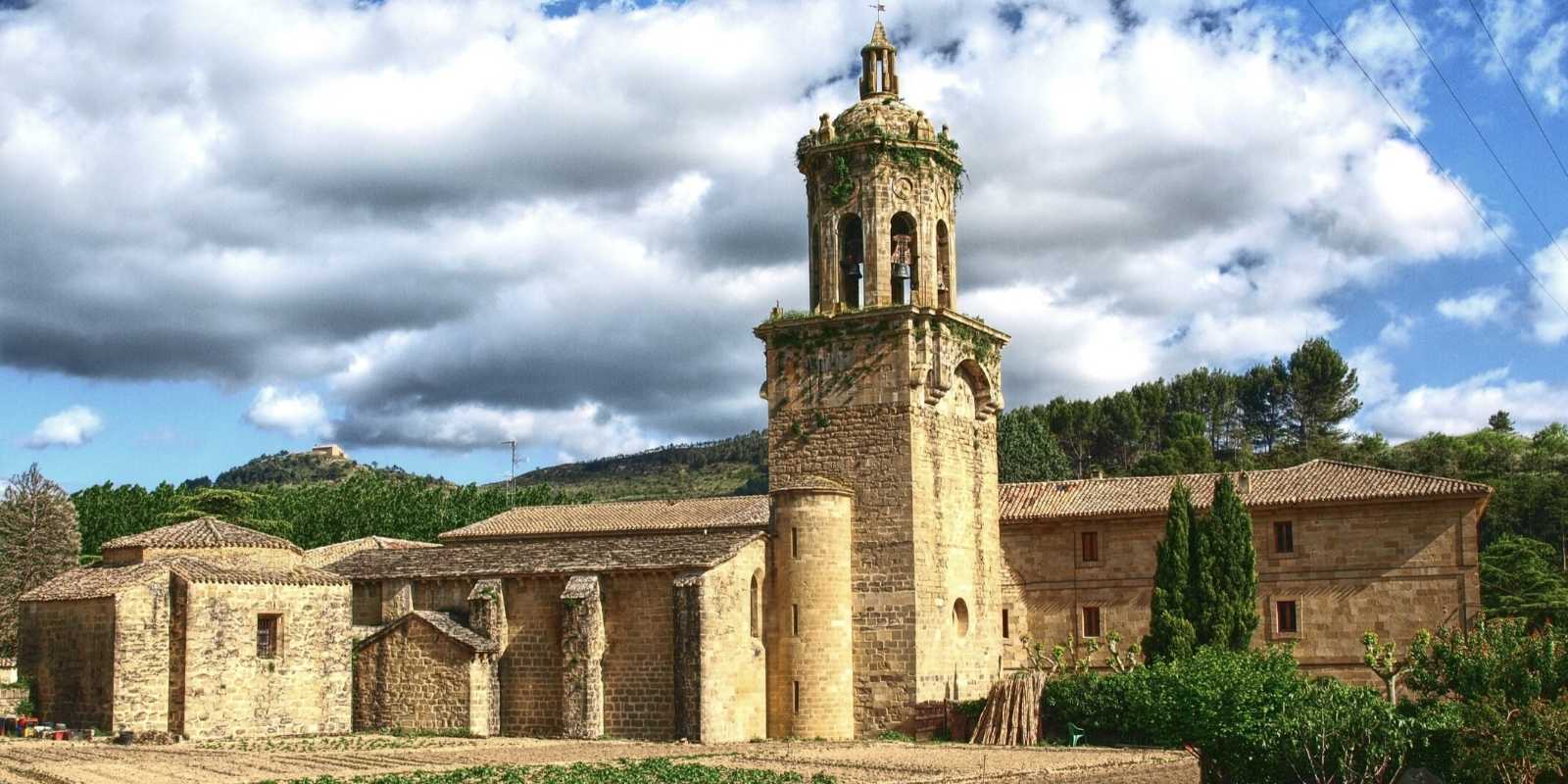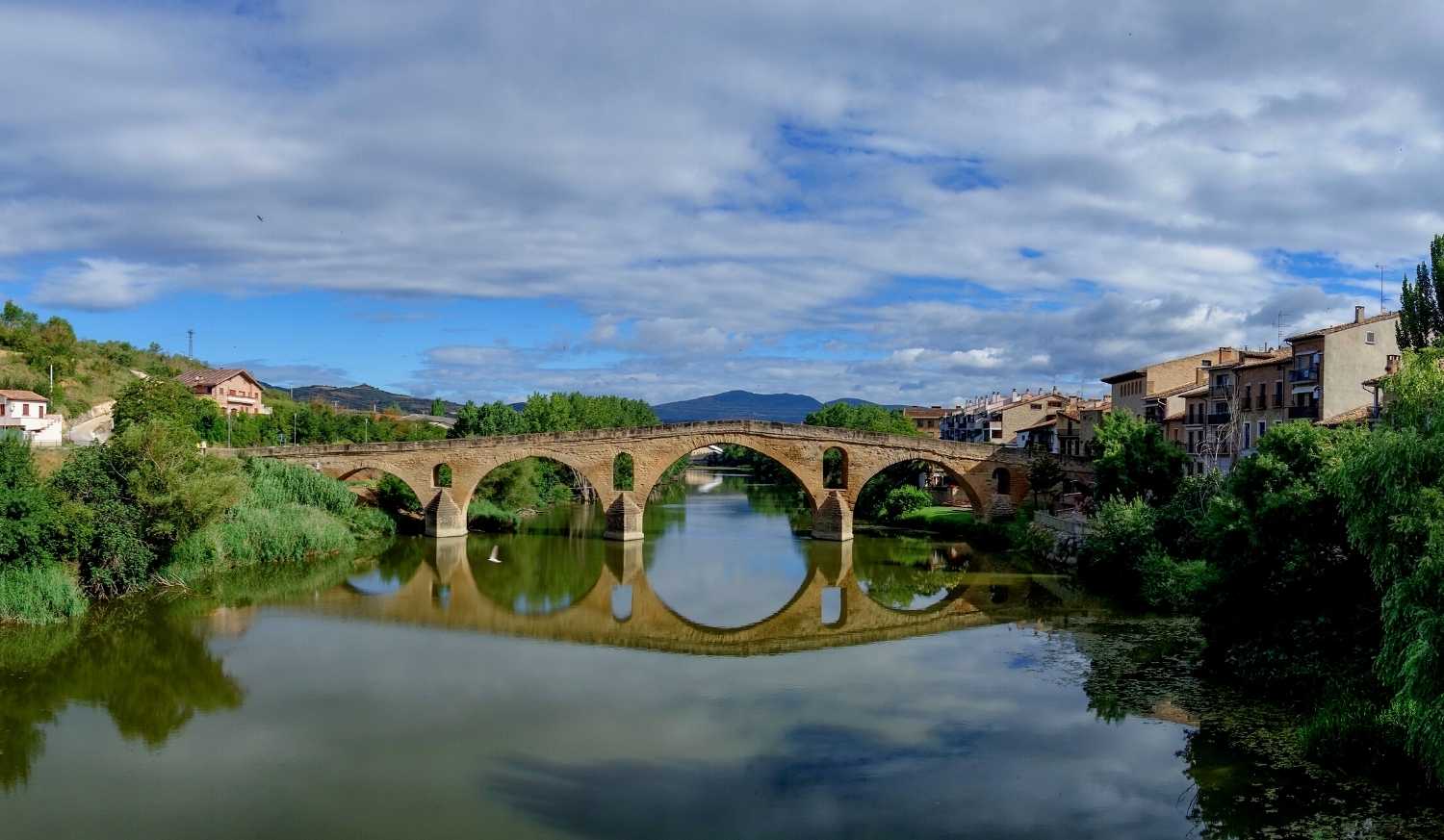
Information about Puente de la Reina
Just 24 kilometres from Pamplona we find the marvellous town of Puente la Reina. A cobbled village full of history in all its corners and characterized by the passage of those who walk the Camino de Santiago.
It is a village of Templar origin founded by Alfonso I El Batallador, in the 12th century. It is built on the basis of a main street that leads to the Puente de la Reina (Queen’s Bridge). A narrow street full of palatial houses, monuments and churches that hide a close link with the Camino de Santiago.
What to see and do in Puente de la Reina
Romanesque bridge
The Romanesque bridge of Puente la Reina is undoubtedly the most characteristic monument of the town. Its construction dates back to the 11th century, but it is not known with certainty which queen ordered it to be built. Historians believe that it may have been erected by order of the queens Doña Mayor or Doña Estefanía.
It has 6 semicircular arches and one submerged arch, 110 meters long and 4 meters wide. In the center of the bridge there was a defensive tower that contained an image of the Virgin of Puy, patron saint of the village. Around this virgin arose a beautiful legend that we encourage you to discover if you are visiting the village. In addition to the central tower, the bridge had two other defensive towers at its end. On the wall of one of these you can still read an inscription asking for alms for the prisoners in the jail.
Pilgrim Monument
In Puente la Reina converge the routes of the Pilgrim’s Way to Santiago that start in Roncesvalles and Somport. Right at the crossroads of these two routes, the monument to the pilgrim was built, a carving of more than two meters high. “And from here all roads become one”, says the legend that rests at the foot of an image that has become an emblem of the town and has witnessed the passage of millions of pilgrims.
Plaza Mayor
The nerve centre of Puente la Reina is undoubtedly its main square. one of the most beautiful in Navarre. Its construction began in 1727, in response to the need to provide the town with an arcaded square and a place where the market could be held on bad weather days.
Church of Santiago
In the Calle Mayor we find the most important church in Puente la Reina, the Romanesque church of Santiago. Inside, the main altarpiece stands out, built in the 17th century, which houses a carving of Santiago pilgrim accompanied by San Roque and San Sebastián.
It also has a 14th century carving that also represents Santiago and is popularly known as “the black Santiago”, due to the dark colouring of the wood.
St. Peter’s Church
As soon as we cross the bridge we will find the church of San Pedro, from medieval times. Although it has undergone different remodelling throughout history, we can still see the buttresses, the gothic nave and the polygonal chancel. The image of Our Lady of Le Puy is kept here.
Church of the Crucifix
Its origin is linked to the order of the Templars, it keeps inside a mysterious carving: a large crucifix full of legend and considered one of the best works of Gothic imagery preserved in Spain.
Convent of the Trinitarians
Just opposite the church of Santiago we can see the wall of the convent of the Trinitarian friars. Founded in the 13th century, we can appreciate in its baroque façade the twin niches that keep the images of the founders of the order. It also highlights the cover with rain guard in which the Eternal Father is presented with a tiara.
Gastronomy
If you visit Puente la Reina you will not be able to resist a delicious typical meal accompanied by the famous wines of the Señorío de la Sarria. Typical of the area are the vegetables (peppers, tomatoes, asparagus) and aromatic herbs such as thyme, but paradoxically the best known dishes are trout with ham or lamb in fritada and chilindrón.

